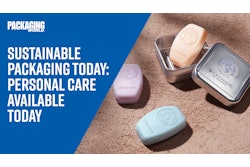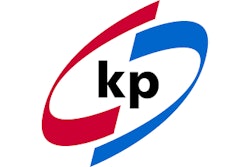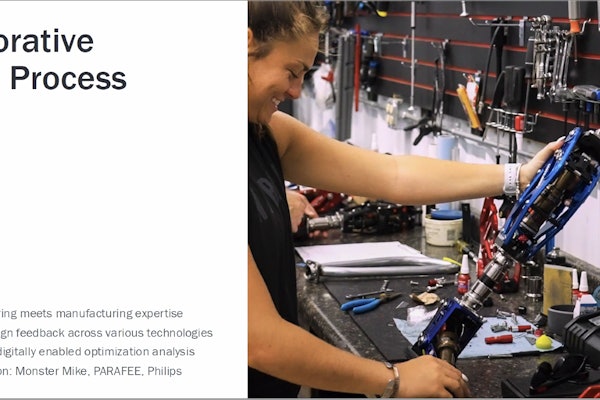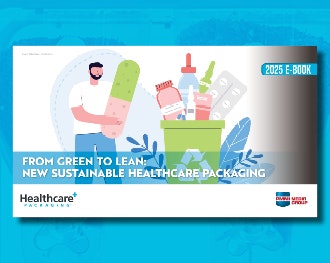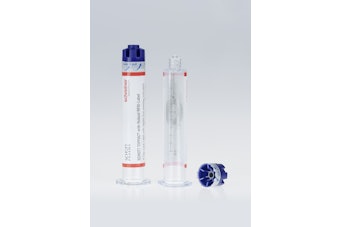Want to view the rest of this presentation on trends shaping pharmaceutical manufacturing in 2022? Find the full free video here: Pharmaceutical Manufacturing—Trends Shaping the Future
Listen to the story here:
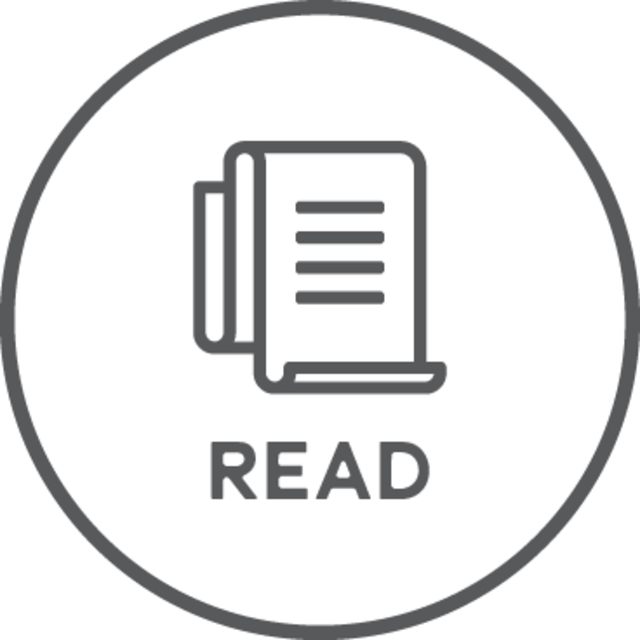 | Read the transcript below: |
Paula Feldman: Good afternoon, everyone. I'm Paula Feldman, Senior Director of Business Intelligence. It's my pleasure to introduce Donna Ritson, president of DDR communications.
Donna Ritson: So now let's change subjects here and look a bit at how the consumer sustainability and the awareness that we all continue to gain and how direct to consumer channels is changing the packaging in the pharmaceutical industry. So it's more sustainable packaging, more sustainable labeling, certainly more recyclable materials, and lightweighting. We have a large the large pile, pharmaceutical manufacturer, they're moving away from only using plastics to looking at other materials. So these are not new this list of what are this sustainable strategies that pharmaceutical manufacturers are pursuing, this is not new.
This is across all industries, lightweighting, increasing their post consumer recycled content, seeking more energy efficient equipment, that's almost half of the companies that we talked to. And that's significant, that's operating their equipment more efficiently on the plant floor. So it's not necessarily sustainable, just related to packaging, its sustainability across all their operations.
And there's been growth in direct to consumer in E commerce, in the pharmaceutical manufacturers, and they're having to make adjustments in how they manufacture their traditional supply chains that they're using. They've got to evaluate the rigors of a new supply chain, if it's going direct to the consumer or through the Econ channel. Certainly the packaging has to be more durable, the product has to be authenticated. So they're using overt and covert packaging, to be able to thwart any counterfeiting going on.
They have to have more intuitive and comprehensive labeling and that's really for the patient who is going to be using this drug so that they are able to understand completely if it if they've eliminated the pharmacist from helping them understand how to administer and take this drug, then the labeling has to take over and make sure that compliance is high.
We learned in a previous PMI report one of the biggest problems in the pharma industry is patient compliance and patients taking the drugs that they're ministered to take efficiently and accurately, and malicious tampering that goes in line with the overt and covert packaging that's going on. Just to be able to verify the features and the labeling and the covert markings on on the packaging so that counterfeiting can be brought to a minimum



